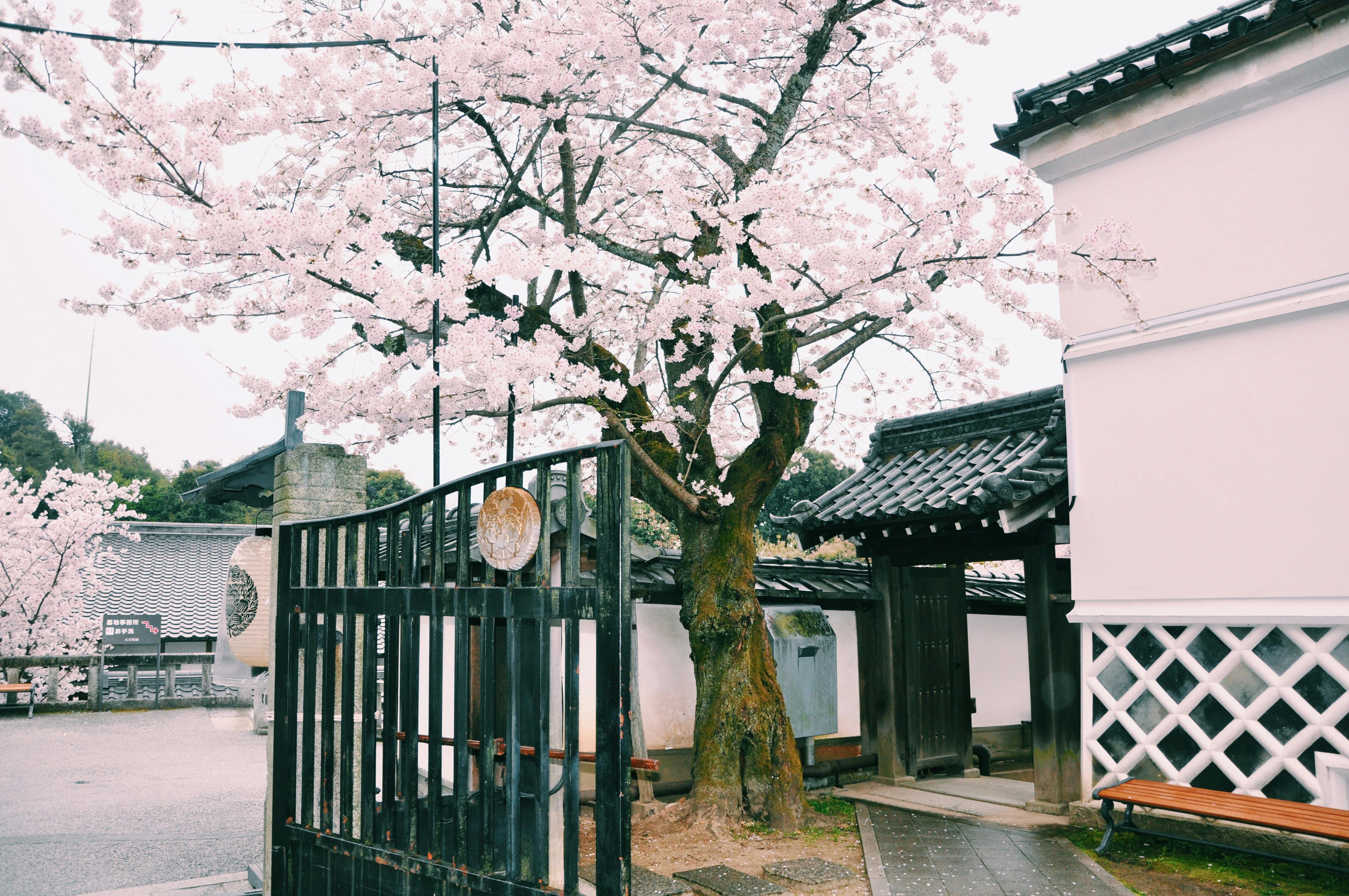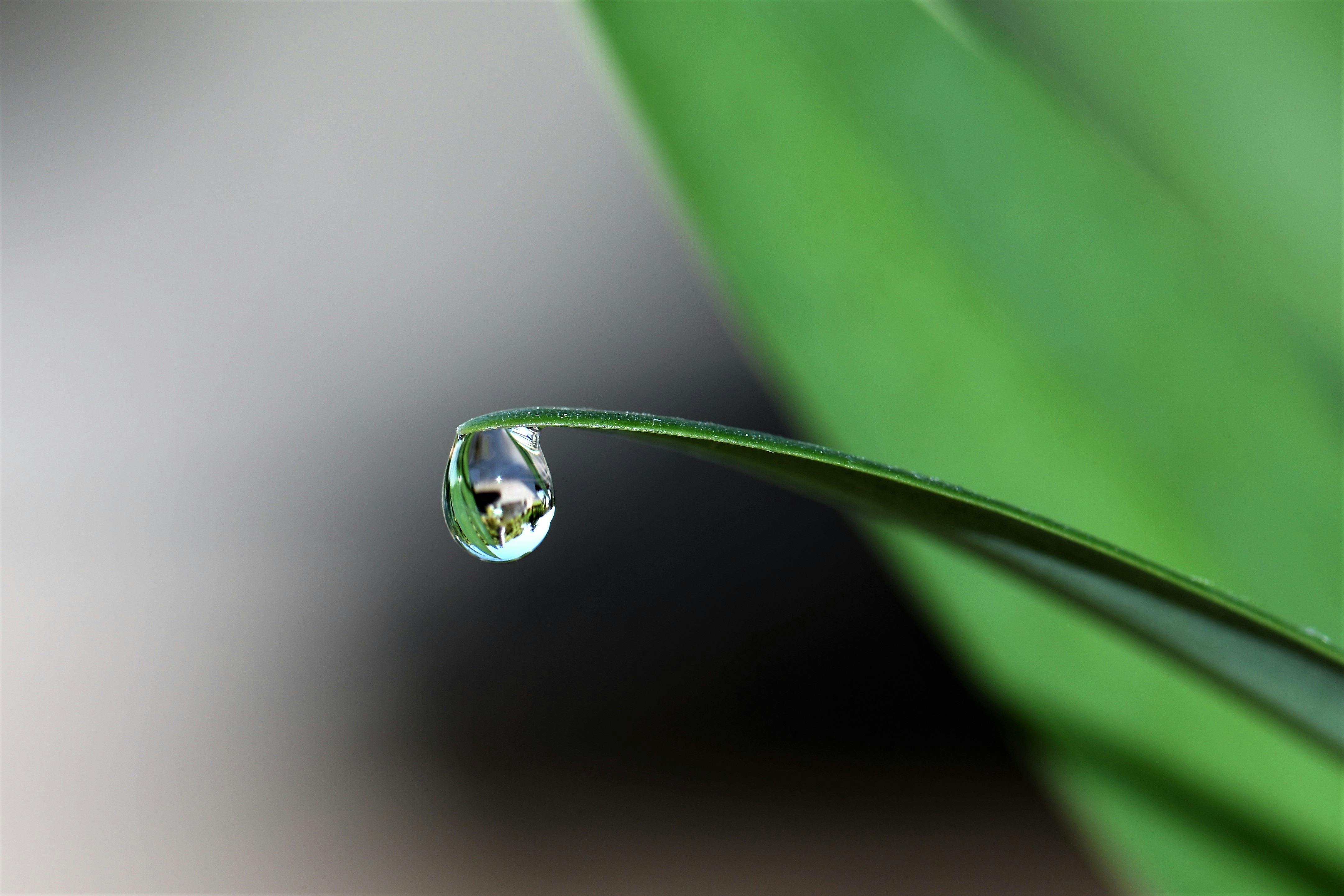A rain garden is a great way to take advantage of rainwater runoff and help the environment. Rain gardens are shallow, planted depressions that are designed to capture, store, and slowly release stormwater runoff. They are an easy and effective way to reduce flooding, improve water quality, and increase wildlife habitat. Building a rain garden is an easy project that you can do in your own backyard. This guide will provide you with an overview of the steps involved in constructing a rain garden.A rain garden is a landscaped area designed to capture and absorb stormwater runoff from impervious surfaces like roofs, driveways, sidewalks, and streets. It is planted with deep-rooted native plants that can tolerate both wet and dry conditions and help to filter pollutants from the stormwater. Rain gardens reduce flooding and erosion, provide wildlife habitat, and improve water quality.
Benefits of Installing a Rain Garden
Rain gardens are an increasingly popular landscaping feature, and they come with a wide variety of benefits. Rain gardens are designed to capture, store, and slowly release stormwater runoff, helping to keep water onsite so that it can be absorbed into the ground rather than running off into lakes, streams or other bodies of water. In addition to helping to reduce flooding and water pollution, rain gardens provide other environmental benefits that make them an attractive choice for homeowners and businesses alike.
Rain gardens help to filter out
Deciding Where to Place Your Rain Garden
Making the right decision on where to place your rain garden is important for the success of your project. It should be placed in an area that can capture and hold runoff from roofs, driveways, walkways and other impervious surfaces. The ideal location is near a downspout where storm water can be collected. If this option is not available, then a low spot or area of concentrated runoff should be chosen.
The rain garden should also be placed in an area that receives at least six hours
Preparing the Space for a Rain Garden
Creating a rain garden is an easy way to help conserve water and improve the environment. Before you can create your rain garden, however, you must first prepare the space. This involves several steps, from measuring and marking the area to removing existing vegetation and preparing the soil. With some careful planning and preparation, you can have your rain garden ready to enjoy in no time.
The first step in preparing your space for a rain garden is to measure and mark the area where you’d like to create
https://images.pexels.com/photos/4087904/pexels-photo-4087904.jpeg
Choosing the Right Plants for Your Rain Garden
When it comes to designing your rain garden, selecting the right plants is essential for creating a successful, attractive and low maintenance landscape. Rain gardens are designed to capture and retain water runoff from hard surfaces such as roofs and driveways, helping to reduce flooding and improve water quality. The right plants can also add texture, color and interest to your garden. Here are some tips for choosing the right plants for your rain garden.
When selecting plants for your rain garden, consider their

Planting Shrubs, Trees and Ground Covers in a Rain Garden
Adding shrubs, trees, and ground covers to a rain garden can provide many benefits. Not only can these plants provide additional beauty to the garden, but they also help to reduce erosion and absorb runoff from heavy rains. Planting the right type of vegetation for your rain garden is essential for its success.
When choosing shrubs for your rain garden, select varieties that are native to your area or those that are drought-tolerant. This will help ensure that the plants
Planting Wildflowers in Your Rain Garden
Rain gardens are a great way to help reduce runoff from your property and help with water conservation. They are also beautiful additions to your landscape and adding wildflowers to the mix can make them even more attractive. Planting wildflowers in your rain garden is not difficult and can be done in just a few steps.
The first step is to choose the right type of wildflower for your rain garden. Consider the size of the area you have available, as well as the amount of
Creating Your Rain Garden
Creating a rain garden is a great way to capture and store excess rainwater, which can help reduce flooding and soil erosion in your yard. First, you’ll need to decide on the size of your rain garden. Consider the amount of space available in your yard and the amount of rainfall that typically occurs in your area. Once you have an idea of the size, you’ll need to choose a location for your garden. The ideal spot should be close to a downspout or other runoff source, but not so close that it could be damaged by

Conclusion
Building a rain garden is a great way to help protect your yard from water runoff. It can also help reduce the amount of pollutants entering our water systems and provide an attractive landscaping feature. With careful planning, you can create a rain garden that meets your needs. Start by selecting an appropriate location, then design the garden according to your desired size and shape. Make sure to use native plants that are well-suited to your climate and soil type. After planting, mulch the area to retain moisture and keep weeds at bay. Finally, water regularly during dry
